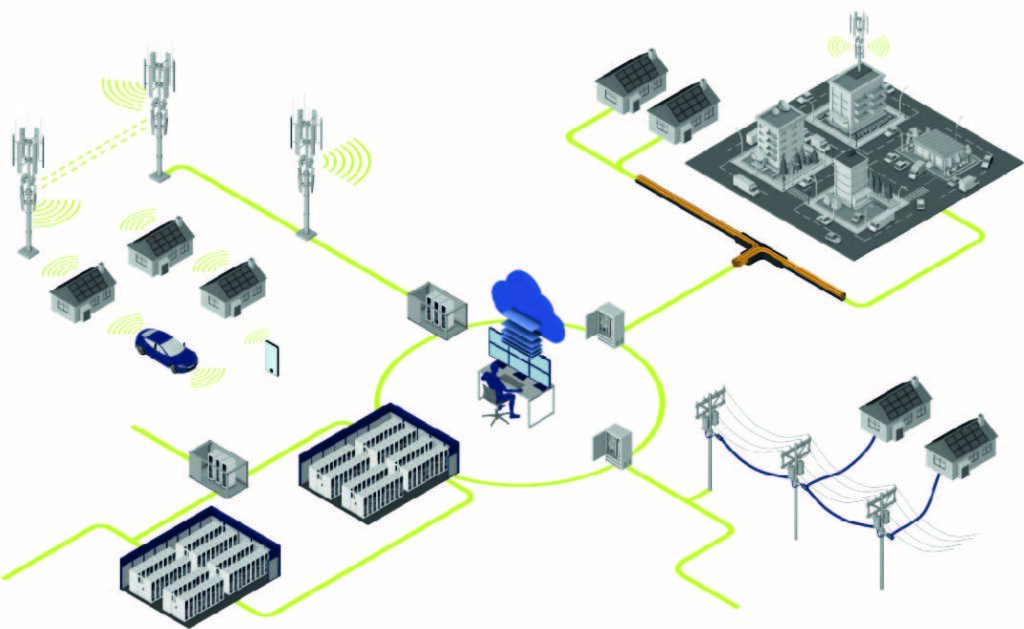Industry Expertise: Benefits of a Digital Twin
To remain successful in the 4th Industrial Revolution, CSPs need to ensure they can constantly evolve based on customers’ requirements, new trends, and technological changes. Some of the requirements of these demands present sizable hurdles to overcome – greater broadband capacity, faster connections, the ability to accommodate exponentially more connected devices, and extending the boundaries of the service area to the edge.
The quest to meet these requirements is fueling the push for new IoT deployments and 5G rollouts taking place across the globe. Digital twins can help facilitate IoT deployments and 5G rollouts and are entering mainstream use to do so. A telecom providers’ entire network, or parts of it such as sites, towers, network elements, physical and logical connections and services, virtualized resources, and configuration parameters can all be replicated as a digital twin to address the increased complexity that these changes will bring.
The Next Big Thing in Hybrid Network Infrastructure Management
As a digital twin is fully synchronized with the original, dynamic updates reflect real world changes. Changes to a network can be planned first with the digital twin, then executed in the network, and finally verified against the digital twin through data reconciliation. This closed loop principle is integral for high data consistency and optimized operational processes.
The objective of a digital twin is to understand the state of the object that it replicates, respond to changes, improve business operations, and ultimately add value. Its purpose is to act as a mirror to simulate, predict and forecast the behavior of its real-world counterpart. For service providers and telecom operators, it is an approach that enables them to manage their network and services in an intelligent, proactive, dynamic, and automated way.
Applications for a Digital Twin
Streamlining operations, service assurance, design, planning, capacity management and service fulfillment can be difficult due to the disparate nature of a hybrid network infrastructure. A digital twin can assist in all these areas by providing complex coordination and tracking. In particular, it can replicate and visualize the hybrid network infrastructure as a geo-referenced or schematic representation that shows all relevant infrastructure and resource details about used and available capacities, as well as dependencies and relationships between the resources across the technologies and vendors.
Ulrich Schälling, Head of Business Line Networks at FNT Software, discussed how a digital twin enables and supports the uses cases that matter most to CSPs in The Fast Mode. Read his full article here.
We are always looking for ways to improve. If you need more information or would like to get in touch with our experts, contact us here.

